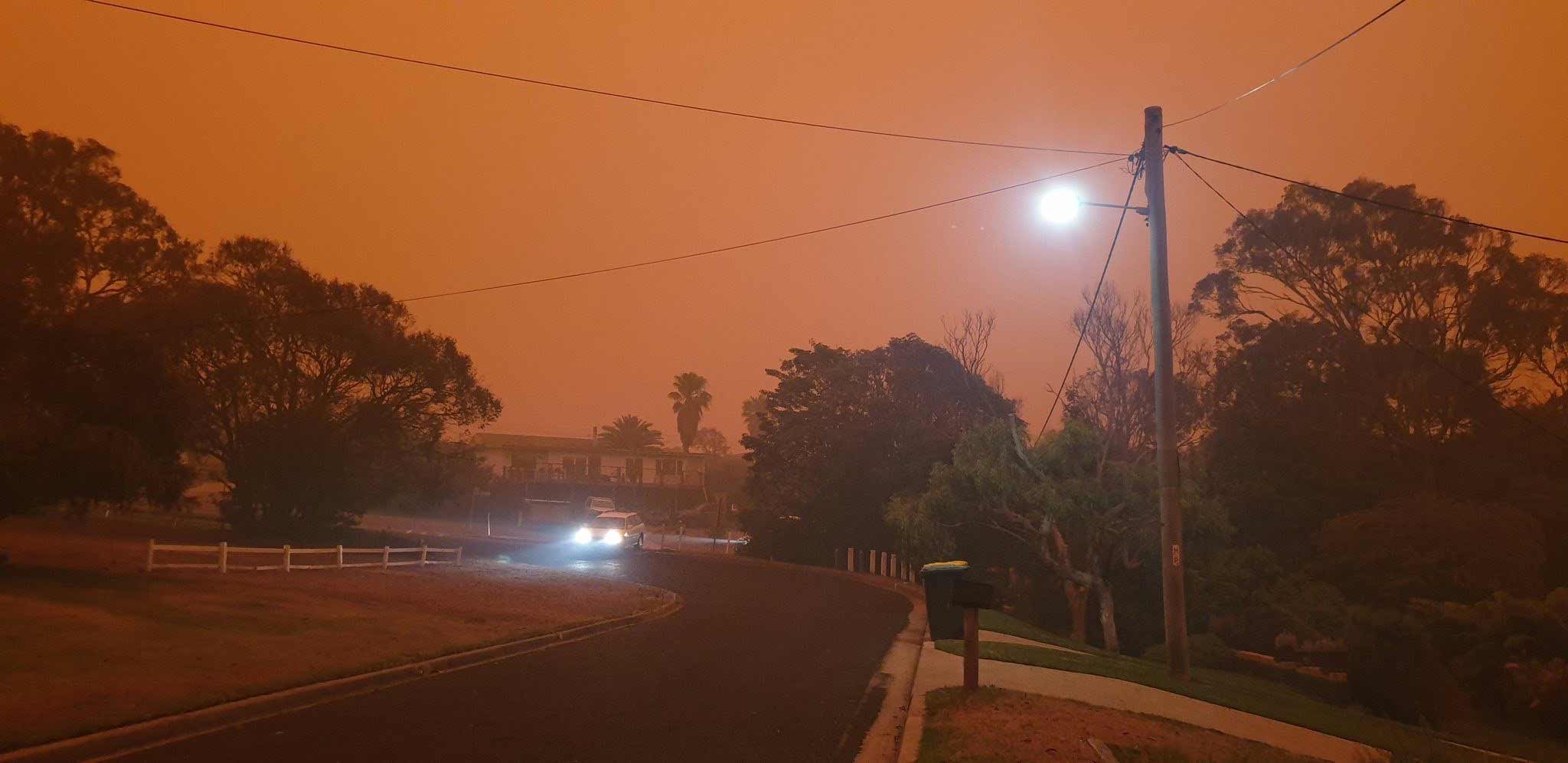The year in news reviewed, part one: Stories that shaped 2020
In the first part of our look back at 2020 we revisit the big stories of the first five months. Read Part two and Part three.
January
The year that would see the world turned upside down by a pandemic started with Australia’s devastating bush fires which tore through millions of hectares on its east coast.
So severe were the fires that the smoke haze drifted east to New Zealand. Parts of the country were shrouded in an otherworldly orange haze.
Tathra, New South Wales as bush fires blaze nearby Photo: Tess Brunton
Meanwhile, reports were emerging of a virus in Wuhan, China. Our first Reuters story on the “pneumonia cases” in Wuhan was published on 9 January.
A cluster of more than 50 pneumonia cases in the Chinese city of Wuhan may be due to a newly emerging member of the family of viruses that caused the deadly SARS and MERS outbreaks, the World Health Organisation (WHO) says.
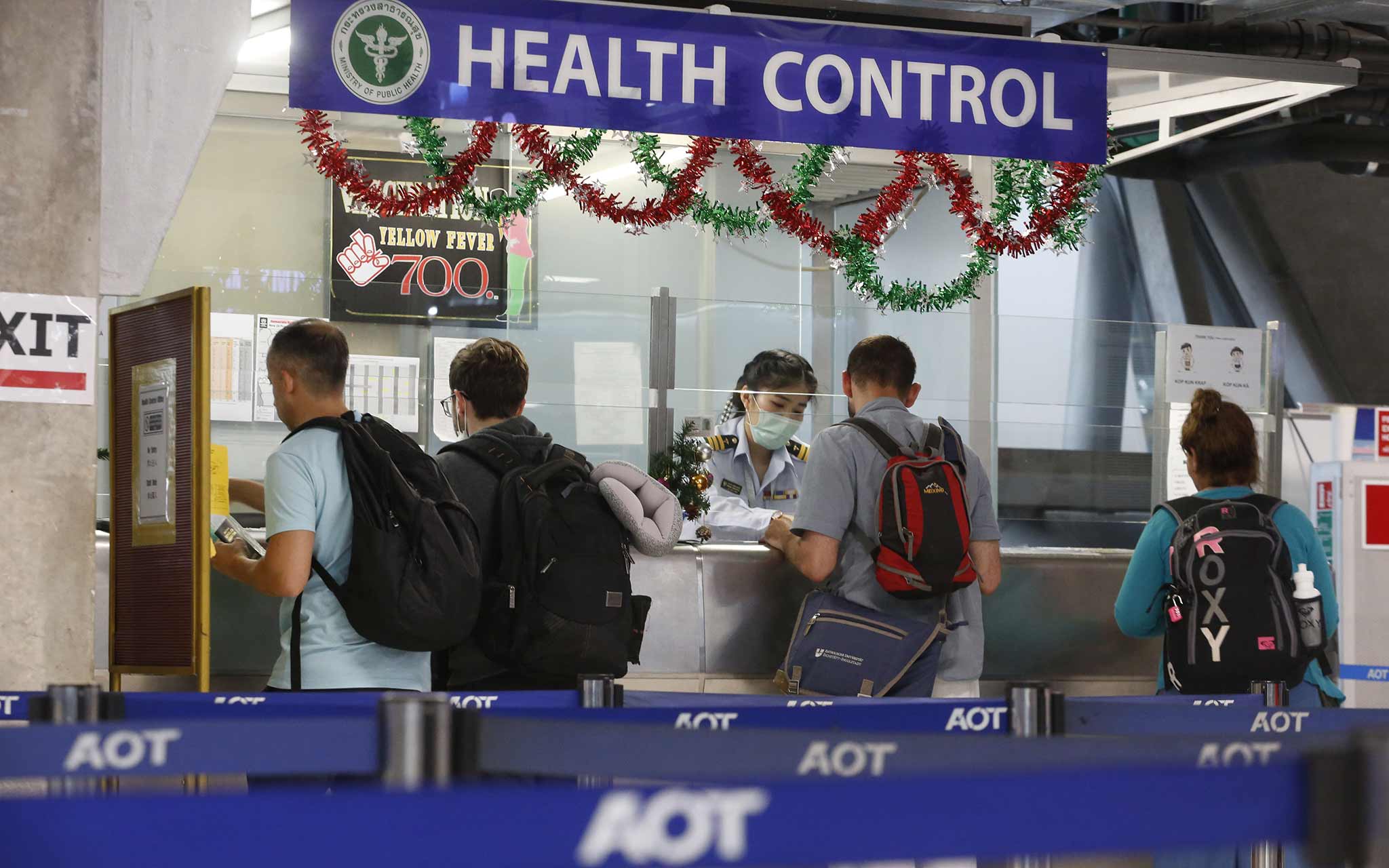
A few days later the virus is recorded outside China for the first time in Thailand, at that stage one person had died and 41 cases of the virus had been recorded.
The Ministry of Health says there are no cases of “novel coronavirus” in New Zealand, following reports of a suspected case in Queenstown but Director General of Health Dr Ashley Bloomfield said it was highly likely we would get a case in New Zealand. We’d be hearing quite a bit from the good doctor over the coming months.
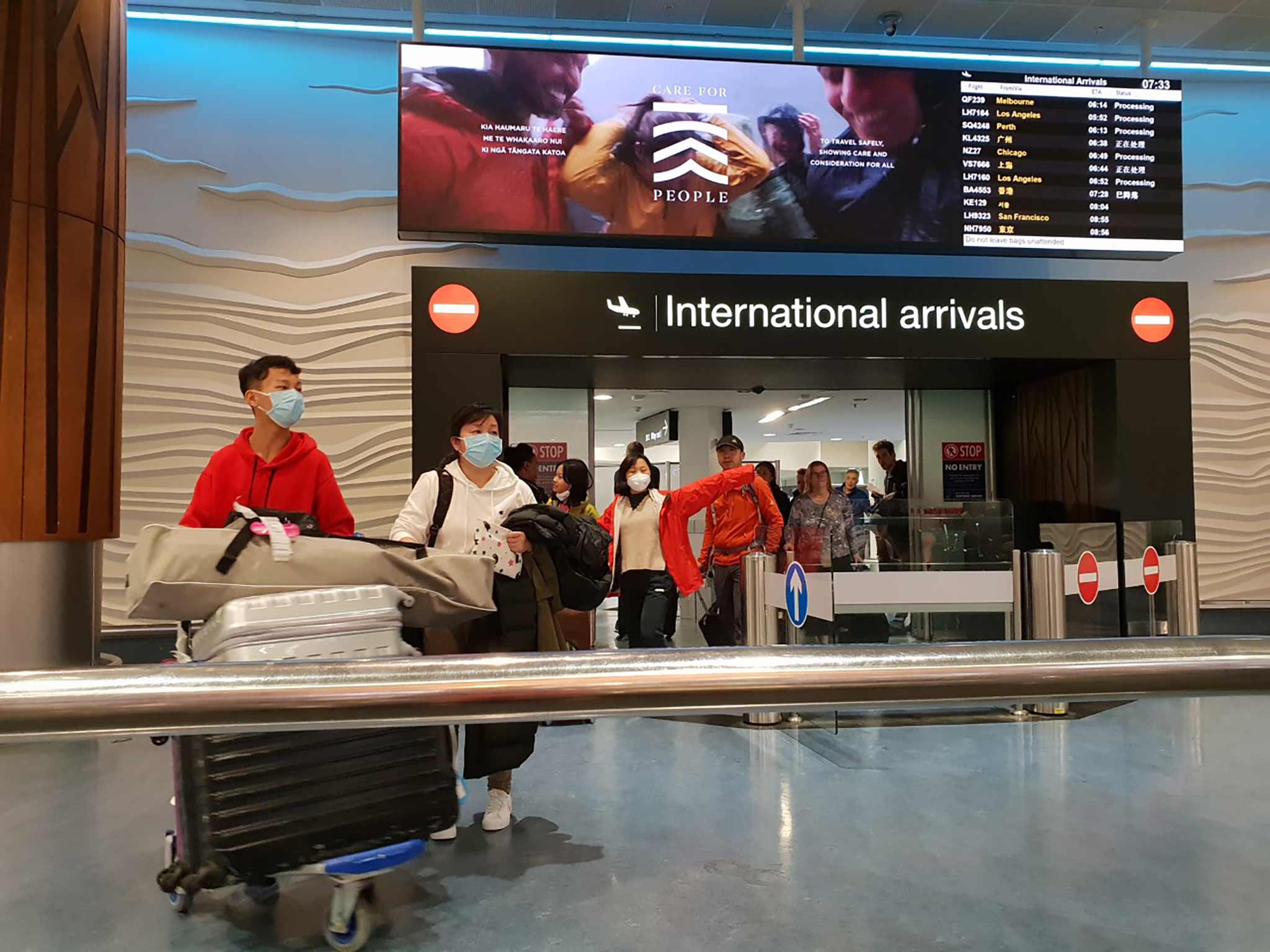
By the end of the month, health professionals were for the first time standing at the ready at Christchurch and Auckland airports to hand out information and check any unwell passengers from flights arriving from China.
The virus, by now, had killed 56 people. Cases are confirmed in Japan, Taiwan, Nepal, Thailand, Vietnam, Singapore, Australia, the US and France.
The World Health Organisation declares the coronavirus outbreak in China a public health emergency of international concern on 31 January.
February
NZ closes its doors to travellers from China on 4 February.
The New Zealand government announced at a press conference that strict travel restrictions had been introduced in response to the outbreak.
All foreign travellers on their way to New Zealand will be subject to increased screening on arrival and if cleared, allowed into the country.
New Zealand citizens and permanent residents, and their immediate family, are allowed to enter the country but will need to isolate themselves for 14 days after arrival.
The new coronavirus appears to be spreading in a "silent transmission" pattern and is looking far more like a pandemic than SARS was in 2003, public health expert Michael Baker says on 10 February.
The virus gets a name with the World Health Organization (WHO) saying the official name for the disease caused by the new coronavirus is Covid-19.
"We now have a name for the disease and it's Covid-19," WHO chief Tedros Adhanom Ghebreyesus told reporters in Geneva.
But it wasn’t all about the virus yet, other top stories in February:
On 14 February a secretive group excavating a cave they believed is filled with a race of pre-Polynesian giants' skeletons have iwi and archaeologists worried.
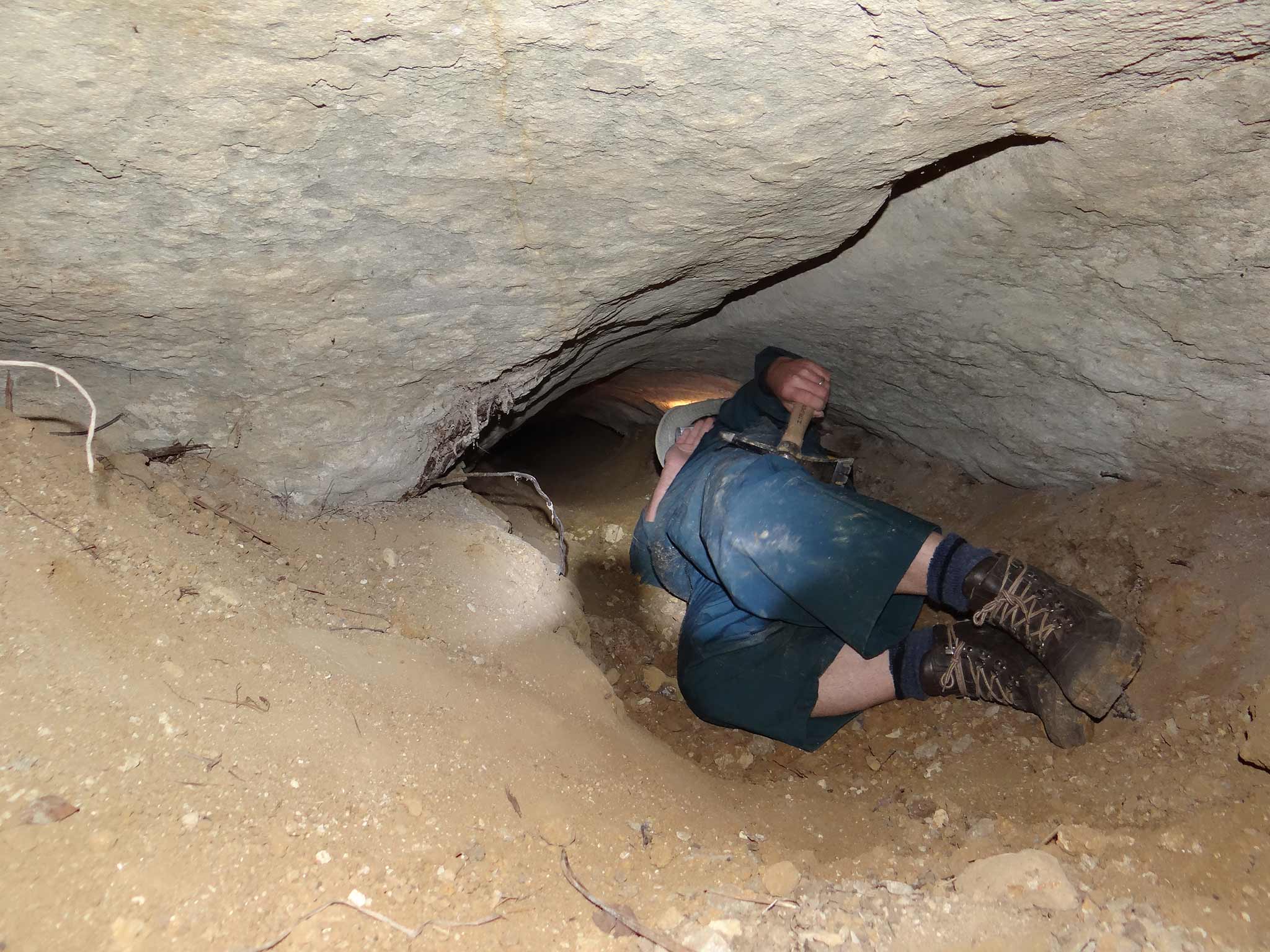
And Fiordland is hit by massive floods. A state of emergency is declared after flooding cut off the only road out of Milford Sound, leaving more than 380 people stranded.
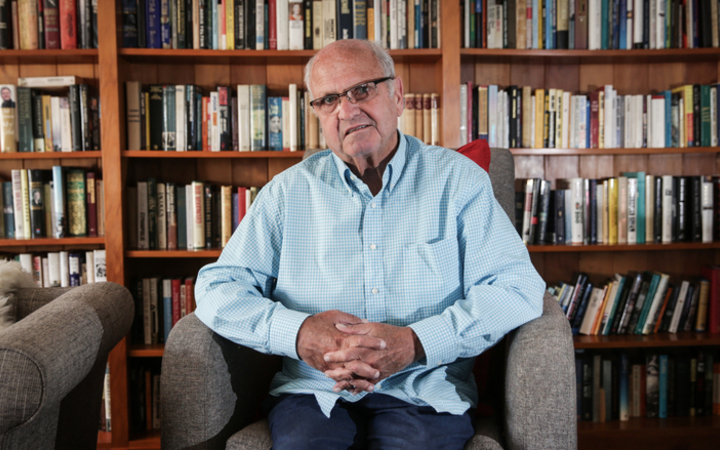
Former Prime Minister Mike Moore died on 2 February.
Moore, who was the country's 34th Prime Minister, suffered a stroke in 2015 when he was New Zealand's ambassador in Washington DC and had been in declining health.
The newest Department of Conservation's (DOC) royal albatross cam chick hatched on the Otago peninsula this month.
Thousands of people had tuned in to the live stream to watch the parents care for the egg at the northern royal albatross colony over the past several months. Many more around the world would watch the chick’s progress online over the coming turbulent months.
By the end of the month there are ominous signs. Prime Minister Jacinda Ardern confirmed on 28 February that a suspected case of Covid-19 had tested positive.
Ardern said the person was in their 60s, a citizen of New Zealand who had recently travelled from Iran via Bali.
March
Things are moving fast. Our top 100 stories in March, unsurprisingly, were all Covid-related as the biggest news story in generations gathered steam. By the end of this month the entire nation would be in lockdown.
WHO declares the new strain of coronavirus, now named Covid-19, is a global public health emergency on 4 March.
By now there are two confirmed cases of Covid-19 in New Zealand; a woman in her 30s recently returned from a trip to Italy, and a woman in her 60s who tested positive after traveling from Iran.
We are starting to describe the new disease:
The new flu-like disease is now called Covid-19 (sometimes referred to as novel coronavirus or 2019-nCoV).
Coronaviruses are a large family of viruses which cause illnesses like the common cold, severe acute respiratory syndrome (SARS) and Middle East respiratory syndrome (MERS).
The cases recorded globally so far are described as the “tip of iceberg” by Cambridge University consultant virologist Dr Chris Smith speaking to Kim Hill on Saturday Morning:
"Everybody on the planet's surface at the moment is susceptible to this new virus, because it's never circulated.
"There's no pre-existing immunity, so therefore you have a more infectious agent that's potentially a bit more lethal than flu, with an entirely susceptible human population.”
A third case is recorded on 3 March, by the end of the month New Zealand would have 514 confirmed and probable Covid-19 cases.
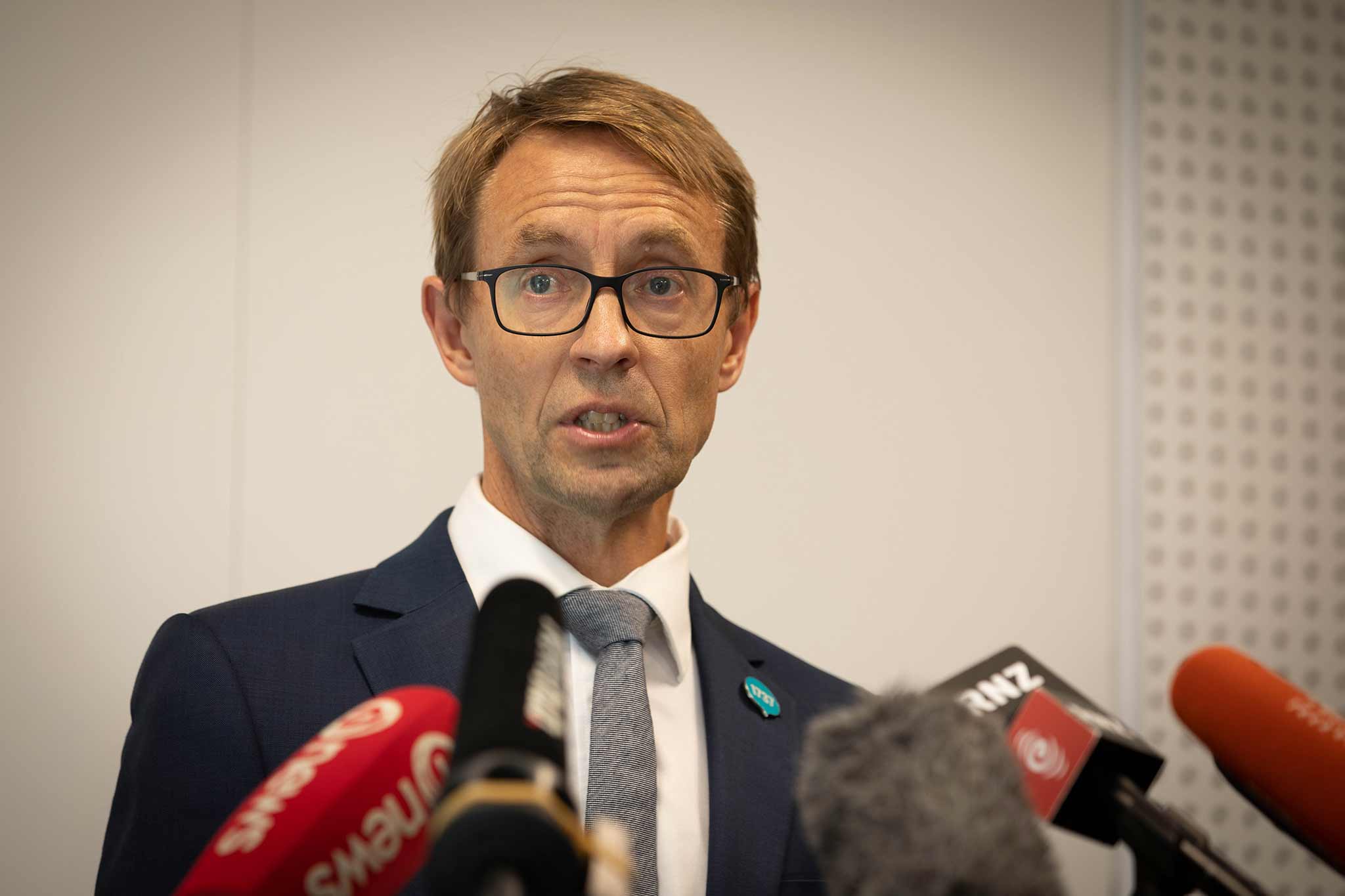
As the coronavirus continues to spread, the advice from scientists is the best way to stop it spreading is thorough hand washing and our advice on good handwashing proved popular.
On 16 March Prime Minister Jacinda Ardern says Cabinet has agreed that gatherings of 500 or more people — held outdoors or indoors — will not go ahead.
And then the borders close three days later:
“New Zealand's borders have been closed to everybody who is not a citizen or resident, after another dramatic day in the fight against Covid-19.
“Prime Minister Jacinda Ardern confirmed the move earlier this evening, saying it was the first time in New Zealand's history this had ever happened, but she was not willing to take any risks.”
Kiwis, meanwhile, struggle to get home as borders close around the world and flights become expensive and scarce.
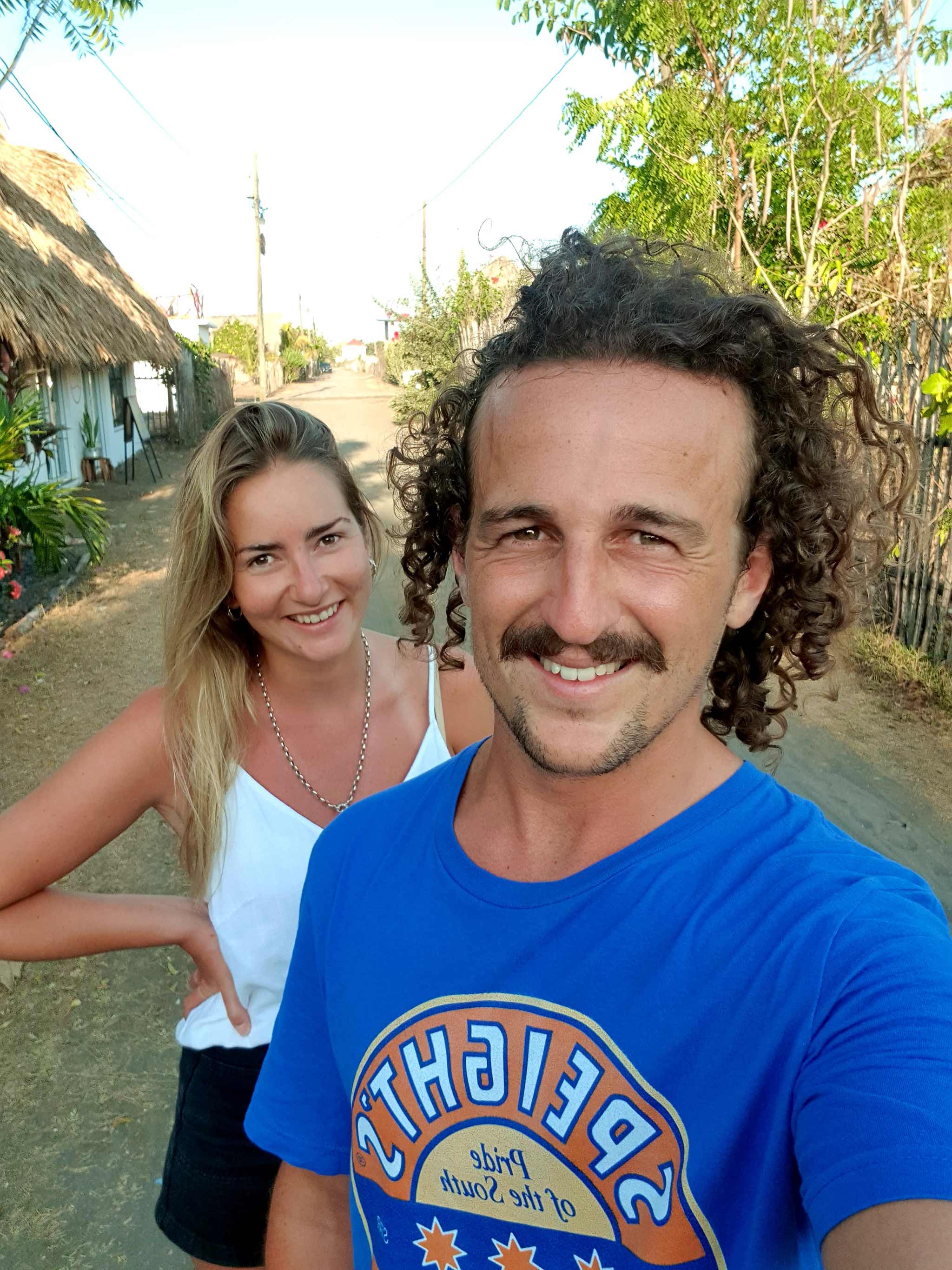
Matthew Taylor and Amelia Nisbet were worried about not being able to leave Guatemala as the pandemic paralysed international travel.
Some New Zealanders stuck overseas pay thousands of dollars to get home, and in many cases with no idea if they would be allowed to board — or whether more flights would be cancelled, trapping them in transit limbo.
Many Kiwis in Australia were left with no work and no access to benefits.
Of the 634,000 New Zealanders living in Australia, about half are not eligible for welfare payments there, because they arrived after February 2001 and are considered ‘non-protected special category visa-holders’.
The government unveils details of a $12.1b Covid rescue package on 17 March, describing it as “the most significant peace-time economic plan in modern NZ history”.

In a dramatic address to the nation on 21 March, Prime Minister Jacinda Ardern announces a four-level Covid-19 alert system and asks people to stop non-essential travel within New Zealand.
On that day another 13 cases were confirmed, bringing the total number in the country to 52.
Ardern said New Zealand was currently on Level 2, but this could change at any time — and it could change quickly. It did.
New Zealand goes into alert level 3 on 23 March and Jacinda Ardern confirms the country will enter level 4 lock down restrictions March 25.

The country is in a state of emergency and full lockdown as of midnight 25 March. A national emergency management alert was issued on mobile phones.
Supermarkets urged people to calm down and stop panic buying as shoppers rushed the aisles.
Kiri Hannifin from Woolworths and Countdown says its supermarkets nationwide are being hammered since the government announced the country was going into lockdown.
Shop normally, do not stockpile or panic buy today because it will break our supply chain.
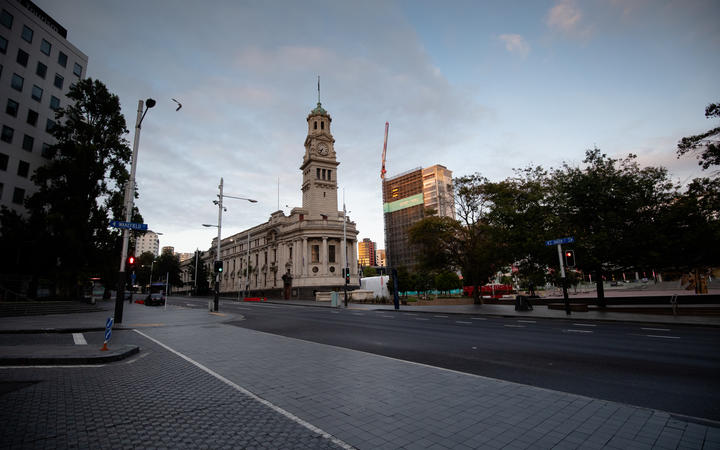
And Kiwis wake up to a new way of life. Normally bustling city streets were empty, there was no rush hour and only a handful of people could be seen out and about as the country entered day one of the lockdown.
But people were getting creative about how to fill the long days.
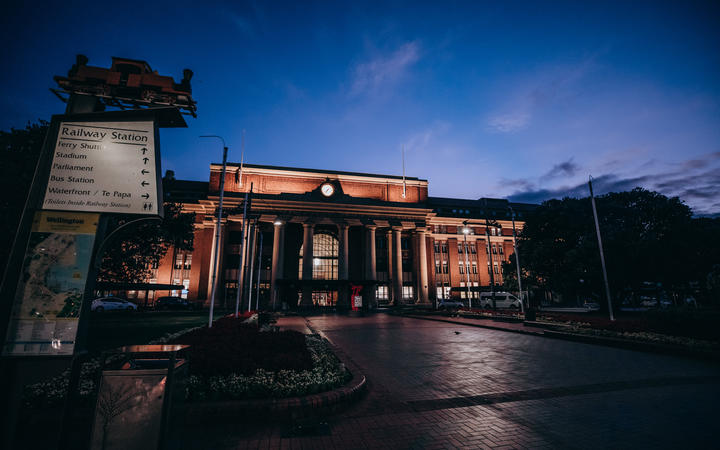
By the end of the month New Zealand has 514 confirmed and probable Covid-19 cases. A week before 66 cases, a week prior to that eight — it has taken just four weeks from the first case to reach this number.
April
The month starts with the nation in complete lockdown — among the strongest responses to the pandemic in the world at that time.
Total cases of Covid-19 had risen to 708, while the PM says the worst thing the country could do is be relaxed or complacent.
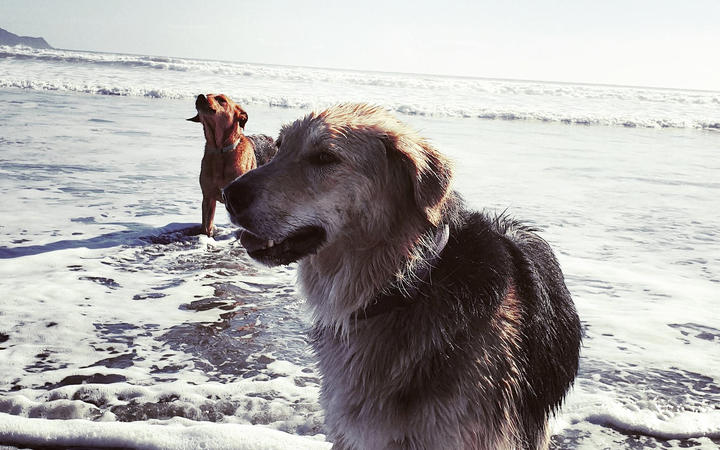
New Zealand has its biggest increase in one day as the Health Ministry confirmed 89 new cases on 2 April bringing the total number of cases to 797.
Walking, stretching, stealing socks, playing fetch, daytime napping, farting and ignoring all social distancing rules - this was the tough life of a pet in lockdown.
This was a nice first-person perspective on a typical Auckland street in lockdown when it was still something of a novelty.
It had started with a small brown card in the letterbox: 'This is a little note to get in touch for anyone who needs it.'
Bauer Media publisher of The Listener, Woman's Day, New Zealand Woman's Weekly, North and South and Next, shut its doors on 2 April.
Chief executive Brendon Hill said the lockdown had stopped magazine production and put the business in an untenable position.
On a day when the number of Covid-19 cases in New Zealand decreased for the first time, Health Minister David Clark offered to resign on 6 April after revealing another lockdown breach and UK Prime Minister Boris Johnson spent the night in intensive care after his coronavirus symptoms worsened.
On a lighter note, the PM classifies the Tooth Fairy and the Easter Bunny as essential workers but says because it was a difficult time the Easter Bunny might not get everywhere this year.
By mid-April, with numbers coming down, there are signs the strict lockdown measures is having an impact.
Eager to stay the course, the PM announced the level 4 lockdown would be extended five days to 11.59pm on Monday 27 April.
She said that once the level 4 alert was reduced to level 3, the country would remain in level 3 for a further two weeks before reviewing the alert status again.
“We have done what very few countries have been able to do we have stopped the wave of devastation. Our transmission rate is now 0.48, overseas the average is 2.5 people,” Ardern says.
Anzac Day has a very different flavour this year. With no public gatherings, Kiwis were urged to stand at dawn by their front gates on 25 April.
“Welcome to the final day of Covid-19 alert level 4” the PM says at the now familiar daily media stand-ups.
New Zealand is to move to alert level 3 at 11.59pm 27 April.
And talking of those pressers … this moment when Ashley Bloomfield was left momentarily speechless by a question from The New Zealand Herald’s Jason Walls went viral.
During a media briefing he was asked about the injection of bleach — a remedy Donald Trump had suggested might have some therapeutic value.
Bloomfield furrowed his brow and blinked slowly. “I don’t think I need to comment on that,” he said, turning to Prime Minister Jacinda Ardern for reassurance.
“No, we’ll let your silence speak for itself,” she replied.
Newshub’s Tova O’Brien then took the chance to stick up for Walls. “It is worth asking,” she said. Ardern fixed her with a stern glare and shot back. “Is it?”
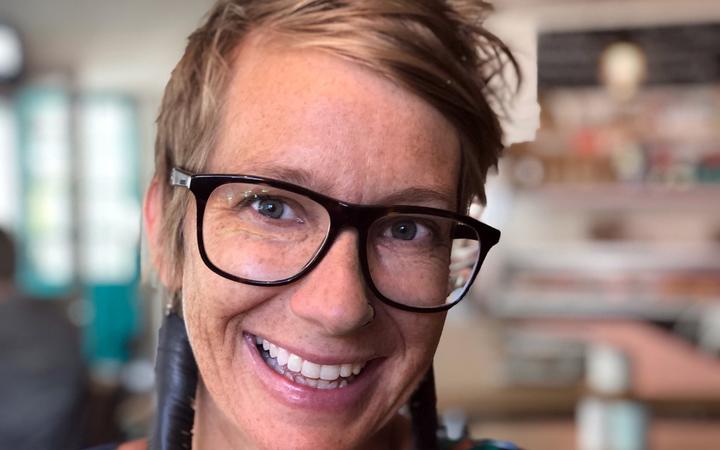 Auckland-based artist and graphic designer Ronja Schipper, who up-cycled Prime Minister Jacinda Ardern's earrings. Photo: Supplied / Ronja Schipper
Auckland-based artist and graphic designer Ronja Schipper, who up-cycled Prime Minister Jacinda Ardern's earrings. Photo: Supplied / Ronja Schipper
And the Prime Minister’s feather-earring fashion statement at a Covid media briefing saw demand for the upcycled jewellery soar.
The fledgling business in the Far North was hiring staff to meet demand and the Auckland-based artist behind the earrings sold her stock multiple times.
May
There are signs that life might return to some form of normality in May — with progress being made in the government’s quest to eliminate the virus from New Zealand.
Director-General of Health Dr Ashley Bloomfield announced just one new confirmed case of Covid-19 on 7 May.
And on 11 May the Prime Minister said there would be a staggered move into level 2 starting three days later with schools and bars reopening later and groups limited to 10 people.
No new cases of Covid-19 were reported for the third day running on 14 May and government's new Covid-19 tracing app was made available to download — a day earlier than its official launch. On 19 May.
Meanwhile, New Zealand's population has topped 5 million, according to Statistics NZ. It's the fastest million in the country's history — taking just 17 years to grow from a population of 4 million people in 2003.
Bay of Plenty MP Todd Muller defeats Simon Bridges in a vote for National Party leader on 22 May.
In a statement announcing the new leadership team, Muller says: “There is no Team Todd, there is no Team Nikki, or anyone else — there is only Team National”.
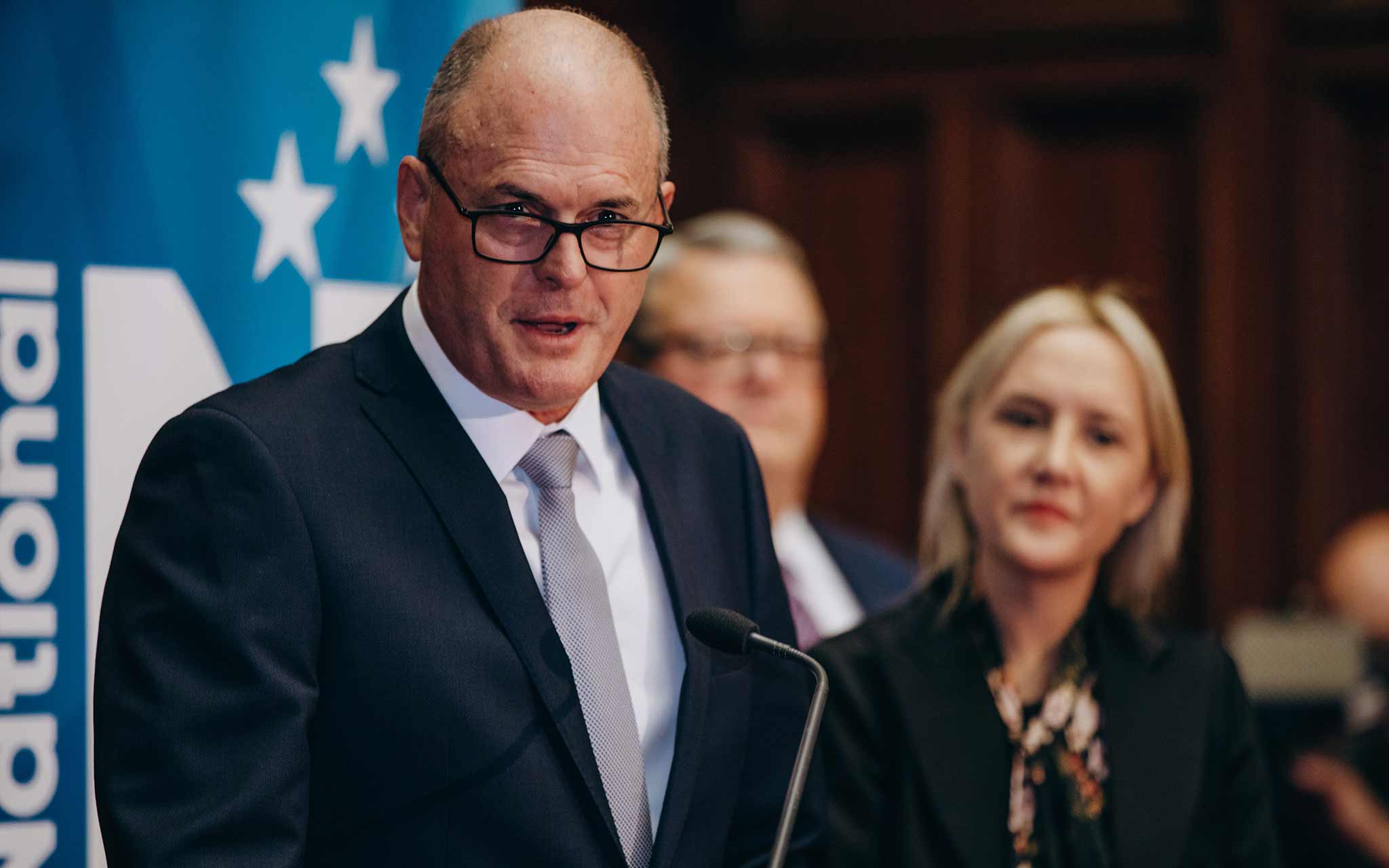
Muller says his “absolute focus” as the new National Party leader will be New Zealand's economic recovery from the Covid-19 pandemic.
People kneading to let off steam were taking to their kitchens during Covid restrictions and pummelling dough, rage baking was all the rage.
On 25 May, Stuff chief executive Sinead Boucher buys the Stuff media company from its Australian owners Nine Entertainment for less than the price of a newspaper.
New Zealand does not have a single person in hospital with Covid-19, as the country marks five consecutive days without a new case on May 27.
Read part two (June to October) and part three (November and December) of our review of the news of 2020.
